Resignation letter template after maternity leave
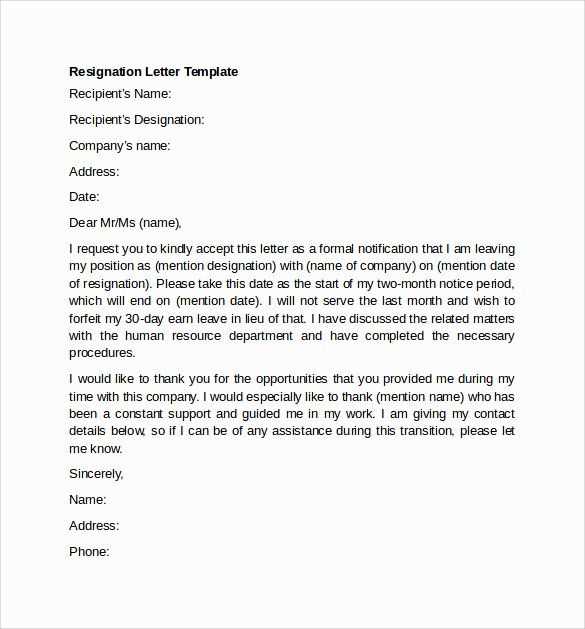
If you are considering resigning after your maternity leave, drafting a clear and respectful resignation letter is key to maintaining professionalism and closing this chapter on good terms. Make sure to express your gratitude for the opportunity and provide a reason for your decision in a concise and thoughtful manner. A resignation letter is not just a formality, but a way to ensure your departure is smooth and respectful.
Start with a brief introduction that mentions your position and the company name. Clearly state your intention to resign, including the effective date. This helps your employer understand your decision and plan for the transition.
Next, offer your appreciation for the support during your maternity leave and time with the company. Acknowledge any experiences that have contributed to your personal and professional growth. Ending on a positive note creates a lasting, favorable impression.
Remember: A resignation letter doesn’t need to be lengthy. Keep it direct, polite, and considerate of the relationships you are leaving behind.
Resignation Letter Template After Maternity Leave
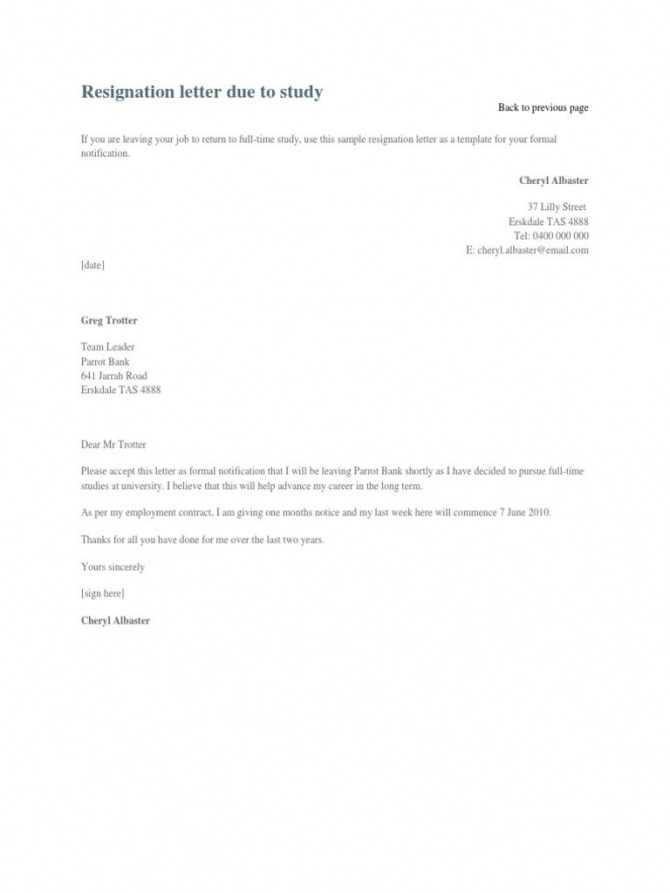
Begin your resignation letter with a clear statement of your decision to resign. Include the date your resignation will take effect. This helps avoid confusion and ensures your employer knows exactly when to expect your departure.
Make sure to thank your employer for the support provided during your maternity leave. Acknowledge the positive experiences you’ve had while working with the team and express gratitude for the opportunity to be part of the company.
Keep your letter brief but professional. Avoid going into unnecessary details about personal reasons. Stick to the main point of your resignation, while maintaining a respectful and courteous tone throughout.
Finish by offering to help with the transition process, whether it’s through handing over tasks, training a replacement, or providing any other assistance. Close with a polite sign-off, ensuring your departure is as smooth as possible.
How to Start Your Resignation Letter
Begin your resignation letter with a clear and direct statement. Address your supervisor or manager by name and state your decision to resign from your position. It is important to be respectful and straightforward, avoiding unnecessary details about your reasons for leaving in the opening lines.
| Example 1 | Example 2 |
|---|---|
| Dear [Manager’s Name], | Dear [Supervisor’s Name], |
| I am writing to formally resign from my position at [Company Name], effective [Date]. | I wish to inform you that I am resigning from my role at [Company Name], with my last working day being [Date]. |
This clear beginning ensures your message is understood right away. If you feel it’s necessary, you can briefly mention your maternity leave, but avoid going into too much personal detail. Keep the tone professional and courteous.
Providing Your Notice Period
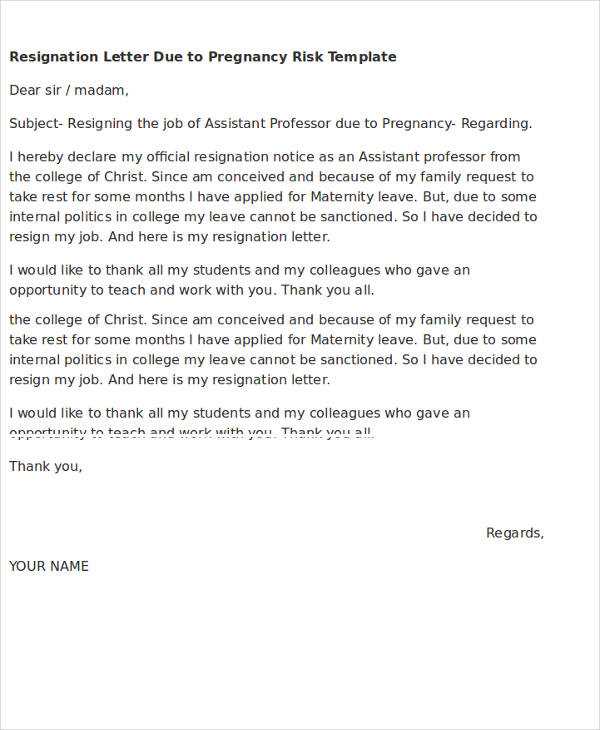
Give your employer enough time to prepare for your departure. Typically, a two-week notice period is standard, but refer to your employment contract for any specific requirements. Make sure to submit your resignation letter as soon as possible to ensure a smooth transition. Consider timing your notice period to align with the company’s needs, particularly if your position requires training a replacement or finalizing important projects. Clear communication about your end date helps avoid confusion and allows both parties to plan accordingly.
Be transparent about your availability during the notice period. If possible, offer to assist in transferring your tasks or training someone to take over your responsibilities. This can help leave a positive impression and maintain professional relationships. It’s also a good idea to inform your team or supervisor of any ongoing commitments you will address before leaving, ensuring no tasks are left unfinished.
Expressing Gratitude for the Opportunity
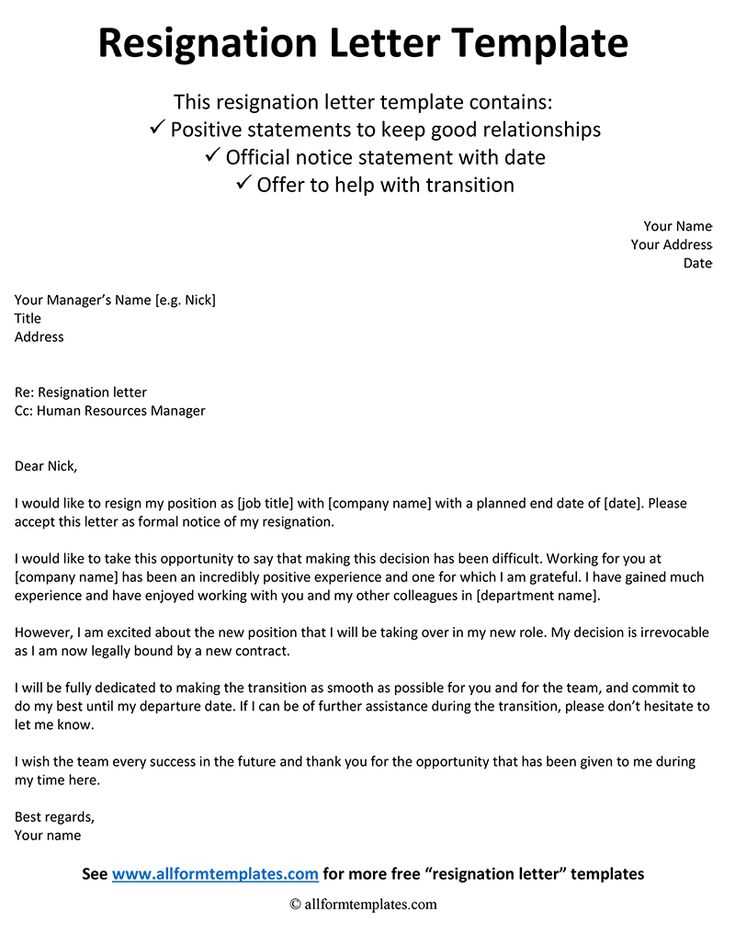
When writing a resignation letter after maternity leave, it’s key to acknowledge the opportunity your employer provided. Directly express your appreciation for the support and flexibility during your maternity leave, as well as the chance to be a part of the team. Highlight specific aspects of your role that you enjoyed and contributed to your professional growth.
Appreciation for Support
Thank your employer for their understanding and accommodation while you were away. Mention how this support allowed you to focus on your family without worrying about work responsibilities. This gesture can reinforce your positive relationship with the company.
Gratitude for Professional Growth
Reflect on how your position helped you develop professionally and personally. Share how the role helped expand your skills and experience, showing your appreciation for the opportunity to grow in a collaborative environment.
Clarifying Reasons for Resignation (Optional)
Be direct and concise when sharing your reasons for resignation, but keep it professional. If you choose to explain your decision, stick to key points that are relevant and avoid emotional language. You can mention personal commitments, career changes, or the desire for a new challenge. This allows your employer to understand your position without dwelling on unnecessary details.
For instance, a simple statement like, “After careful consideration, I have decided to pursue opportunities that align more closely with my long-term goals,” can effectively communicate your intentions. If you prefer not to go into specifics, a brief mention of personal reasons is perfectly acceptable.
By keeping the explanation brief and focused, you maintain professionalism while leaving the door open for future opportunities. Always ensure that the tone remains respectful and appreciative of the experiences you gained during your time with the company.
Offering Assistance with the Transition
Offer to help train or orient your replacement if possible. Share details about ongoing projects, key contacts, and important deadlines. If you have access to relevant files or documentation, provide them to ensure a smooth handover. Suggest any systems or tools that can streamline the transition for your team. Be open to answering questions during the transition period, even if you’re no longer working full-time. This support will help the new team member get up to speed quickly and make the shift less disruptive.
If your role requires specific knowledge, provide resources or notes that outline any complex tasks. You could also offer to guide the team through any processes that need clarification. Keep communication open, and offer assistance remotely if necessary.
Ending on a Positive Note
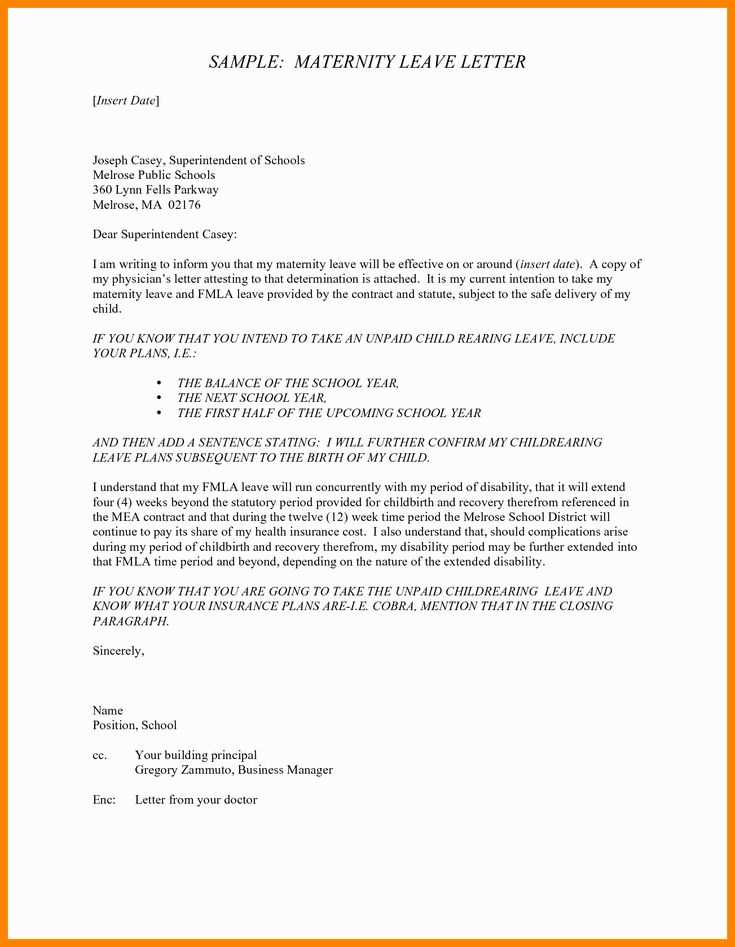
Express your gratitude for the time spent at the company and the opportunities you had. Acknowledge the support you received from colleagues and management, and highlight any memorable experiences that helped you grow professionally. Keep the tone optimistic and appreciative.
Appreciating the Experience
Thank the team for their collaboration and mention any specific projects or aspects of your work that were particularly rewarding. This shows that you value the contributions of others and the role you played in the company’s success.
- “I truly appreciate the chance to work alongside such a talented team.”
- “Thank you for providing an environment where I could grow and develop.”
Leaving the Door Open for Future Collaboration
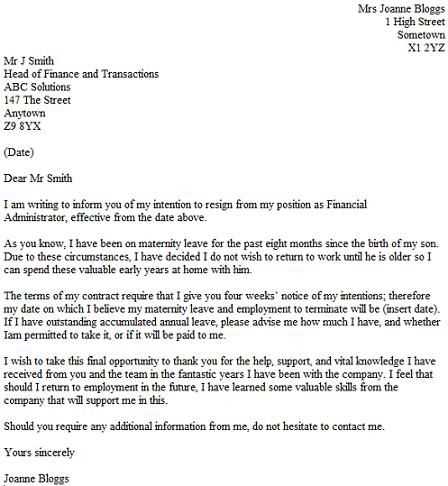
End your letter by expressing an openness to reconnect in the future. Whether it’s for freelance opportunities, collaborations, or simply staying in touch, leaving on a note that signals your willingness to stay connected can make a positive impression.
- “I hope we can stay in touch and possibly collaborate in the future.”
- “I look forward to hearing about the company’s continued success and hope our paths cross again.”